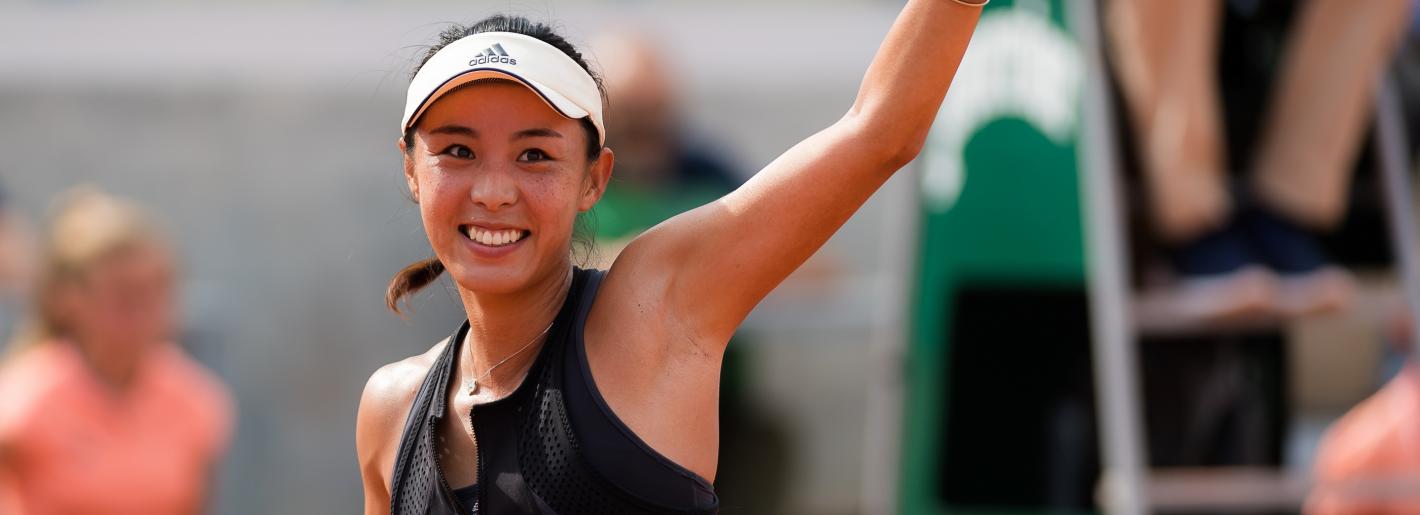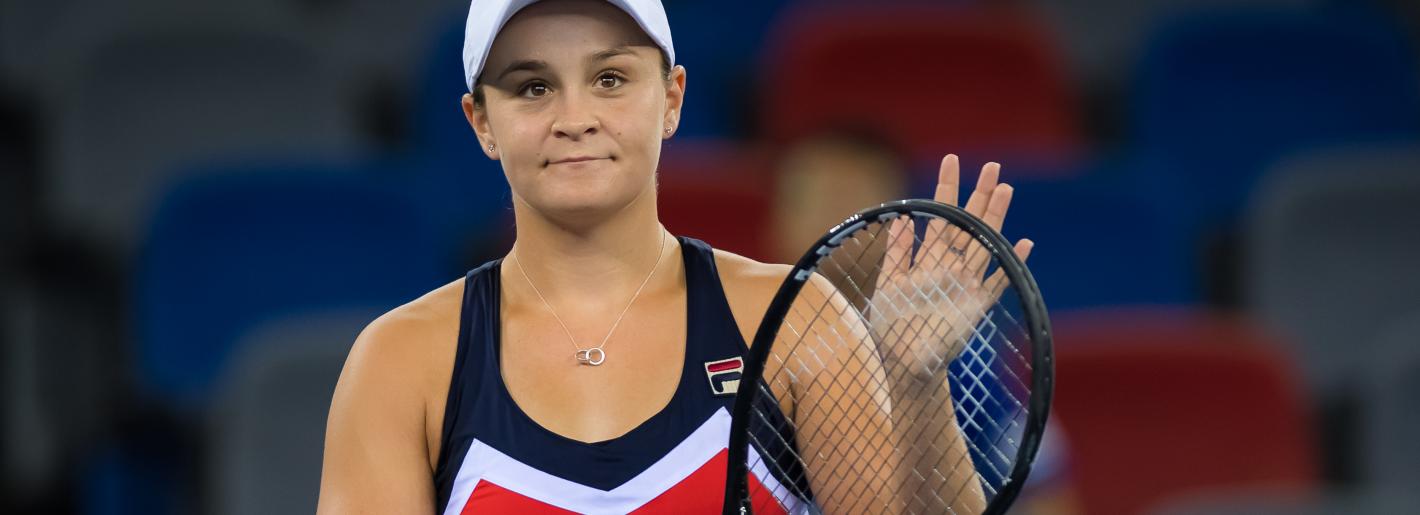NEWS
The Beauty of the Asian Swing
Time:2019-09-17Release:WUHAN OPEN
With the last Grand Slam of the year completed, the tennis world now turns its collective sights firmly on Asia. Between the US Open and the end of the season, there are a total of 12 WTA tournaments played in Asia, including 8 on the Chinese mainland alone.
For the fans, it’s a tennis boon, getting to see their favorite players live, experiencing the thrill of a third-set tie-break and to witness first-hand the incredible speed and spin of the ball that simply doesn’t come through the television screen.
For the players, the Asian Swing brings with it its own unique set of conditions. Being able to manage them will be a huge factor in how successful this part of the season is for a player. Gone are the comfort zones of North America, Europe, and Australia, where tennis is played most of the year. Players have to deal with long plane rides and the ensuing jet lag. They also need to acclimate to Asia’s temperatures and humidity as well as unfamiliar food, languages and cultures.

(From: WTA)
For others, it’s a golden chance to snap up valuable ranking points when many are feeling the effects of a long season. That was the case for Qiang Wang last year who credits being able to eat Chinese food as a key to her stellar results on Asian soil. In the six events of the Asian Swing she played, she made three semis and three finals, winning one. Her excellent run helped catapult her 30 ranking places to the Top 20 by the end of year and she’s built on those results, currently sitting at world No. 12. The same can be said for last year’s champion Aryna Sabalenka and 2018 semi-finalist Ashleigh Barty whose strong end-of-season play set her up to claim the world No. 1 this summer.

(From: WTA)
While the year-ending No. 1 ranking is still up for grabs (along with the bragging rights and sponsor bonuses that come with it), the top players will be looking to post big results in an effort to qualify for the WTA Finals where only the Top 8 in singles and doubles are invited.
The Asian Swing is also a final chance for players who perhaps haven’t had the best results this year to step up their game before the off-season. Now aged 39 and down to No. 56 in the rankings, Venus Williams has accepted a wildcard into this year’s Wuhan Open, ensuring all five past winners will be in the field. The 2015 Wuhan Open champion has reached four quarterfinals this year, but if she’s to better that, her best chance will be in Asia where she’s won 3 of her last 4 titles. The same can be said for two-time Wuhan Open champ Petra Kvitova. After a gangbusters start to the year, winning titles in Sydney and Stuttgart and making the finals of the Australian Open, the Czech has cooled down considerably, reaching just one more quarterfinal. Could stepping back on the court where they’ve tasted sweet victory be the psychological edge needed for one of our returning champions?
Many of these questions will be answered as the Wuhan Open starts play on September 20. Who will lift the prestigious trophy in just over a week’s time?
